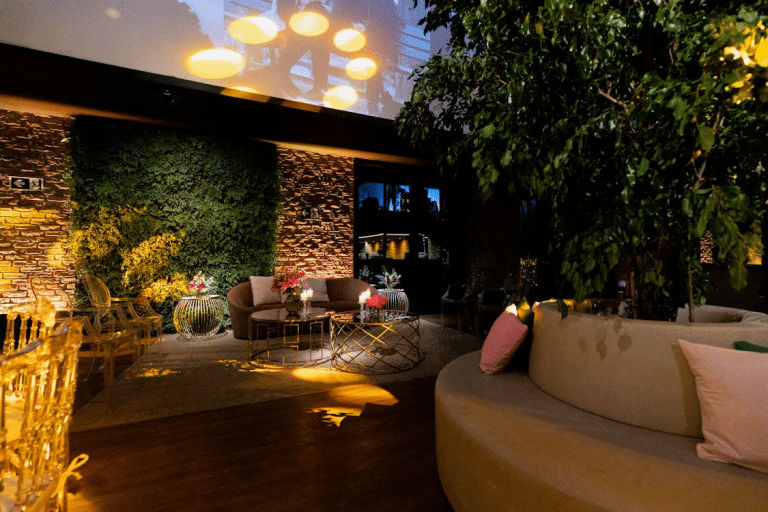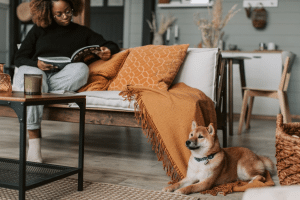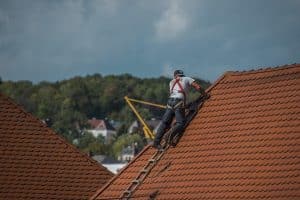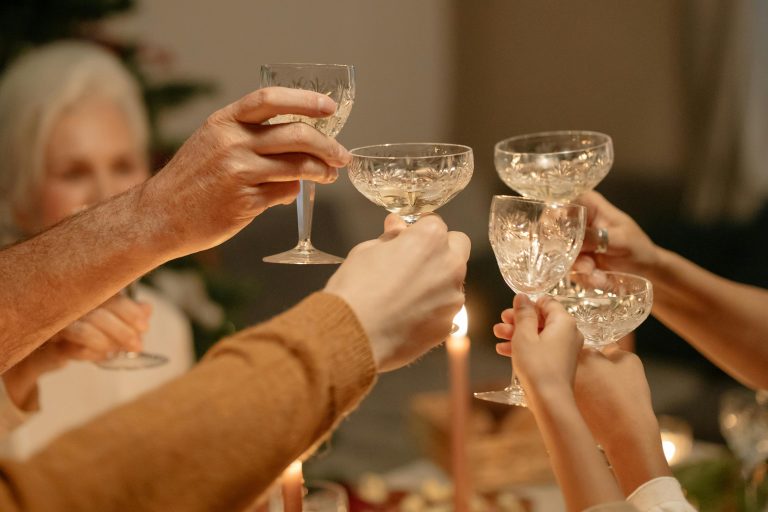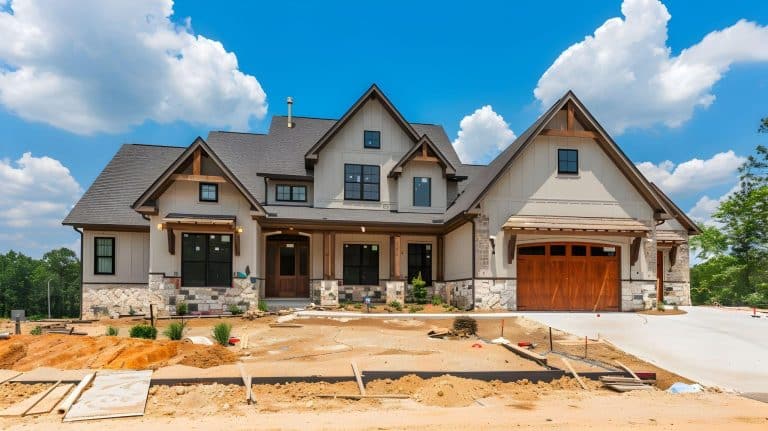Planning for your patio’s lighting, especially for Gulf Coast evenings, can be quite demanding and rewarding. That’s why you may want some lighting that holds up in heat, salt, humidity, and bugs—while creating warm, inviting spaces for grilling, dining, and relaxing with your guests.
Here’s an easy-to-follow guide so you can make your patio glow just right for every setting you have in mind.
Map Your Zones First
You may have to begin by sketching out what you want your patio to look and feel like at sunset. Some settings that could charm everyone might be a good start, like:
Dining zone with well-stationed tables and ample chairs
Grilling and a homey cooking area
Walkways and romantic paths
Cozy and comfy lounge and conversation space
Lively accents and decorative features, like trellis on walls, pergolas, and planters
There are more practical and cost-conscious landscaping ideas you can maximize along with and complement your lighting effects later. Just mark where furniture goes, where people move, and where safety matters, like stairs and edges. When you know your zones, you can assign lighting types more effectively. For example, paths need to have low-glare, soft lighting; dining might need overhead or ambient; while your grilling area needs brighter and more focused task lights.
Pick Materials & Fixtures that Survive Coastal Scenes
Most of the time, and often because of salt air, high humidity, and frequent storms, you may have to look for and use fixtures and materials built for these challenges, like :
Using some marine-grade stainless steel (316 grade), brass, or copper, so you avoid corrosion
Powder-coated aluminum or fixtures with anodized finishes help prevent peeling, rusting
Make Sure IP (Ingress Protection) rating is high enough: IP65 or above for exposed fixtures (rain, salt mist)
You may also want materials that survive UV exposure since the Gulf region sun is often quite intense. So choose finishes that resist fading, warping, and wouldn’t easily turn brittle, like some plastics.
Use Accent Lighting Ideas & Personal Touches
Here, you get creative, make your patio feel unique and reflective of your taste. You may want accents that spotlight your patio features, set your mood, and draw your guests’ eyes. Just use warm color temperature LEDs (around 2700-3000 K) that attract fewer insects and feel warmer.
For focal points under covered walls or pergolas, you can use low-heat LED accent lighting. A custom neon sign builder can serve as inspiration. Today, some savvy products like a Radikal neon design tool can help you create customized neon-style LED signs that are much safer, especially for your sheltered outdoor nooks. With these effects, it can give your space personality without overheating or heavy maintenance costs.
Also consider uplighting trees or architectural features, light grazing textured walls, and shadow play from pergola slats. These accents can make all your evenings magical.
Wiring, Safety & Smart Controls
You need a fault-proof plan for your patio’s wiring and safety; care is your topmost priority given the humidity, storms, and early sunsets of your locality. There are, however, low-voltage wirings you can use where possible (12 V or 24 V). These wires draw less current and are safer, especially if moisture gets in, so you may need:
Some of those around some Fault Circuit Interrupter (GFCI) outlets for any power source outdoors to protect you against shock risk, especially when there’s moisture.
Use weather-proof junction boxes, sealed connections, or rubber gaskets around fixture bases to make sure your wiring cables are rated for outdoors and salty air.
Handy timers, dusk-to-dawn sensors, and motion sensors to help you avoid leaving fixtures on all night. Often, early sunset in winter or cloudy days need sensors so they adjust automatically and keep you comfy. Also, they can help deter insects or wildlife if the lights are off when not needed.
Color Temperature & Light Quality to Match Gulf Coast Patterns
Your choices affect more than just your and your guests’ mood; they also affect insect attraction, eye comfort, and energy use, however:
Warm LED lights (2700-3000 K) are less attractive to insects, especially during cooler temperatures that attract many more bugs, which can create more hassles.
Choose LED sources for long lifespan and less heat output. LEDs are more efficient, don’t get blisteringly hot, which is safer for covered patios.
You may also use dimmers so you can shift levels: bright for cooking or safety, soft for relaxing sessions.
IP Ratings, Weather-Proofing & Maintenance
With many things at stake, you need to make your lighting last, such as:
For some of your fixtures exposed to rain or open sky, IP65 or higher is recommended, but for submersion or heavy splash scenes, you can go IP67 or IP68.
You need regular maintenance: clean off salt deposits, rinse light covers, re-seal silicone or rubber gaskets, and inspect for loose screws, rust spots, and wiring damage after each storm.
There’s a need to refinish or repaint metal surfaces if you see corrosion starting, and also replace bulbs that dim or flicker, as they can start unfriendly sparks.
It may be more practical if you store or protect delicate accents during the worst weather, like metal lanterns or signs at risk under hurricane threats.
Budgeting & Phased Implementation
You may not want to do everything at once, so there’s no stopping you from planning in phases, like:
Phase 1: Safety & path lighting + core wiring + essential dining or grilling lights.
Phase 2: Accent & decorative lighting (string lights, custom sign, uplights).
Phase 3: Smart controls, timers, sensors.
You may also allocate some budget for both purchase and ongoing upkeep of your lovely patio. Usually, fixtures costing more up front but built for coastal resilience often pay off in fewer replacements.
Why These Steps Matter for Gulf Coast Evenings
You live where humidity hovers high, salt air eats away at metals, storms pop up, and mosquitoes swarm at sunset. If you skip material quality, IP ratings, and wiring safety, you’ll repair far more than you enjoy. But by planning zones, choosing warm LEDs, using smart controls, and choosing resilient fixtures, you ensure your patio becomes your favorite evening retreat—not a hassle or hazard.


